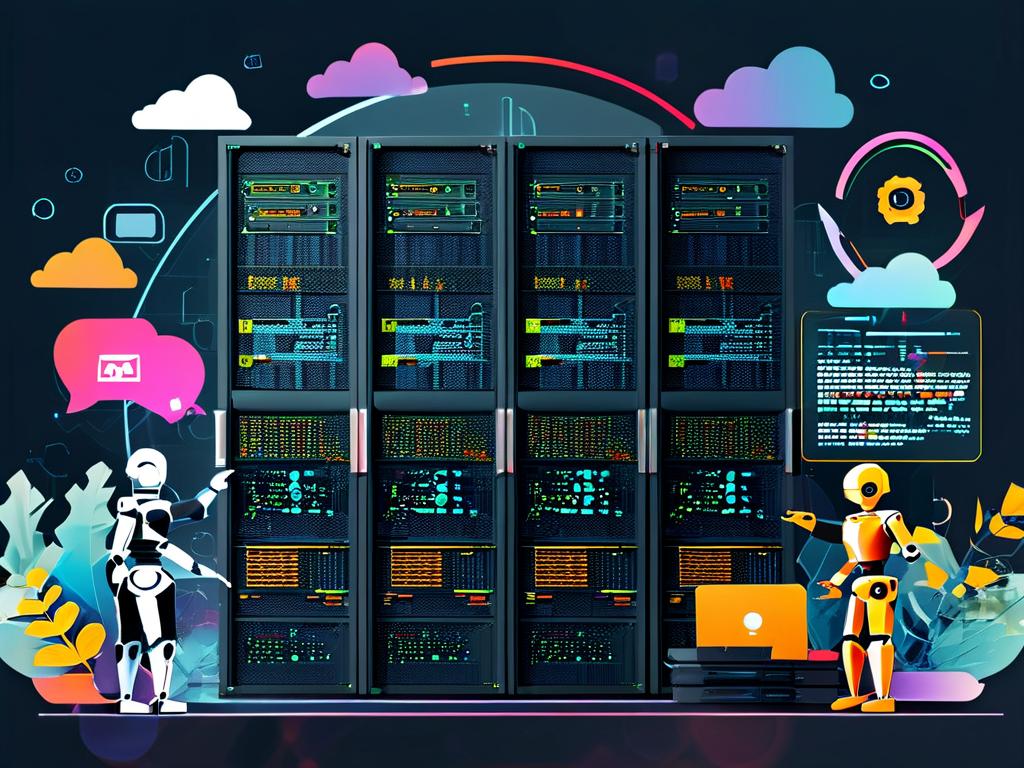The evolution of blockchain technology has brought smart contracts to the forefront of decentralized applications (dApps). However, deploying these contracts manually can be error-prone and time-consuming. Automating the deployment process not only reduces human intervention but also ensures consistency, security, and scalability. This article explores the key components of an automated smart contract deployment workflow, practical implementation steps, and its long-term benefits for developers and organizations.

The Need for Automation in Smart Contract Deployment
Smart contracts are self-executing agreements coded to enforce predefined rules. While their logic is immutable once deployed, the deployment process itself involves multiple steps, including compilation, testing, and network-specific configuration. Manual execution of these steps risks oversights, such as incorrect environment variables or missed security checks. A single error can lead to vulnerabilities, financial losses, or contract failures. Automation addresses these challenges by standardizing workflows and integrating critical safeguards.
Core Components of an Automated Deployment Pipeline
-
Version Control Integration
Linking the deployment process to a version control system (e.g., GitHub or GitLab) ensures that only reviewed and approved code is deployed. For instance, a pull request merging into themainbranch could trigger a deployment script. -
Continuous Integration/Continuous Deployment (CI/CD)
Tools like GitHub Actions or CircleCI automate testing and deployment. Below is a simplified example of a CI/CD configuration for a Solidity project:name: Deploy Smart Contract on: push: branches: [main] jobs: deploy: runs-on: ubuntu-latest steps: - uses: actions/checkout@v4 - name: Install dependencies run: npm install - name: Compile contracts run: npx hardhat compile - name: Run tests run: npx hardhat test - name: Deploy to Ethereum run: npx hardhat deploy --network mainnet -
Environment Management
Using configuration files (e.g.,.env) with placeholders for secrets ensures sensitive data like private keys remain secure. Tools such as Docker can containerize environments to avoid discrepancies between development and production. -
Automated Testing and Auditing
Incorporating tools like Slither or MythX for static analysis and unit testing frameworks like Mocha or Waffle ensures code quality. Automated audits flag vulnerabilities before deployment.
Advantages of Automation
- Reduced Human Error: Scripted workflows eliminate manual input mistakes.
- Faster Iterations: Teams can deploy updates multiple times a day without downtime.
- Enhanced Security: Pre-deployment checks prevent exploitable code from reaching production.
- Audit Trails: Logs from CI/CD pipelines provide transparency for compliance and debugging.
Challenges and Mitigations
While automation offers significant benefits, it requires upfront investment in tooling and expertise. Misconfigured pipelines might deploy untested code or expose secrets. To mitigate these risks:
- Conduct peer reviews of deployment scripts.
- Use multi-signature wallets for contract deployments.
- Implement rollback mechanisms in case of failures.
Real-World Applications
Projects like Uniswap and Aave leverage automated deployment pipelines to manage complex contract systems. For example, Uniswap’s deployment process includes automated gas optimization and multi-chain compatibility checks, enabling seamless upgrades across Ethereum, Polygon, and other networks.
Future Trends
The integration of AI-powered tools for code generation and vulnerability detection is poised to further refine automation. Platforms like OpenZeppelin Defender are already offering managed deployment services with built-in security policies.
Automating smart contract deployment is no longer optional for serious blockchain projects. By adopting CI/CD practices, rigorous testing, and environment management, teams can achieve faster, safer, and more reliable deployments. As the ecosystem matures, embracing these workflows will be critical to maintaining competitiveness and trust in decentralized systems.









